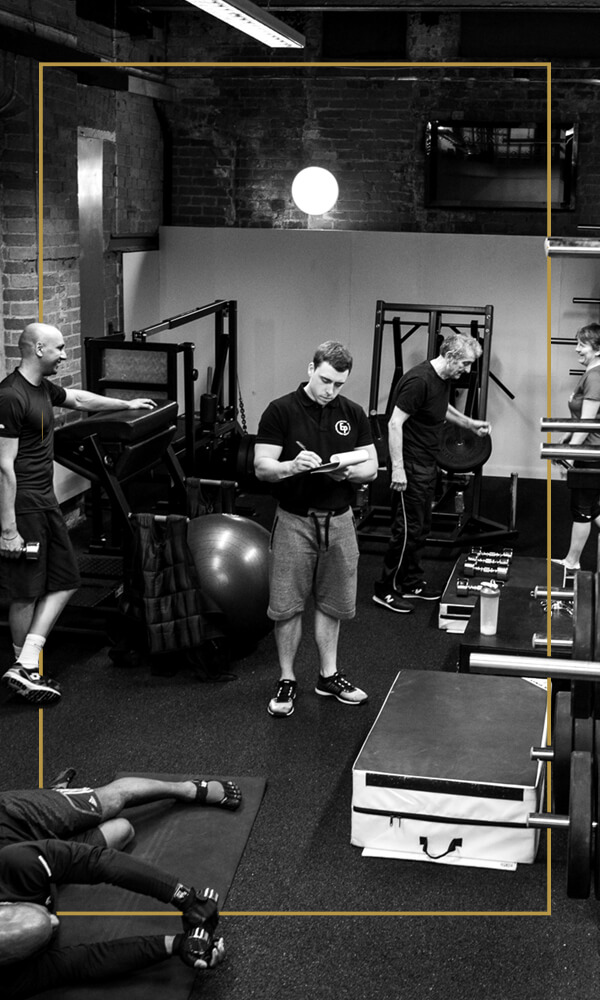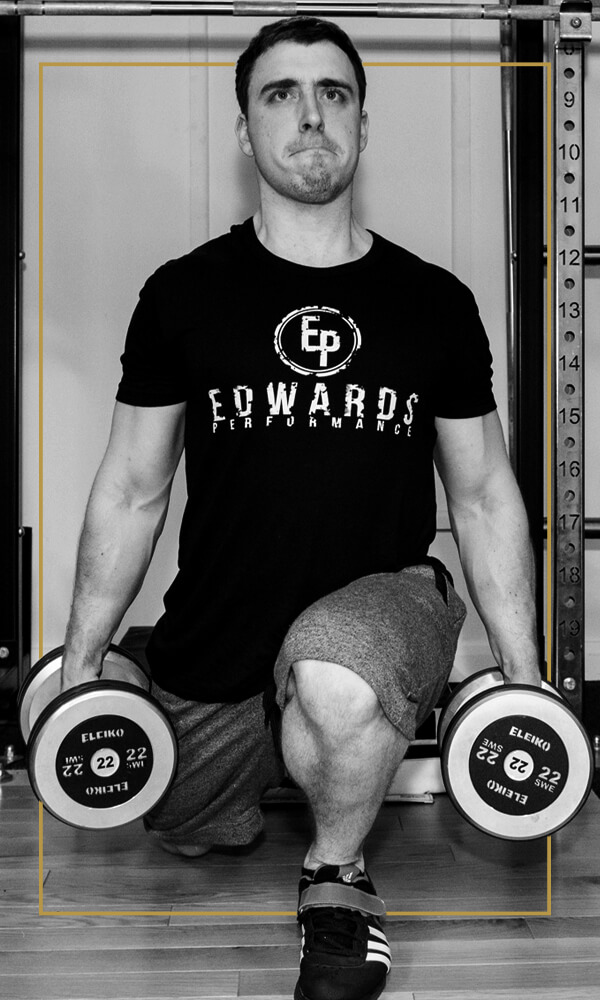Concepts | Performance Through Health
When I started working with high performers in the business world, a theme very quickly emerged. Top performers in fields from medicine to finance and law, had achieved their success at the expense of their physical health. Years of long hours and bad habits had indeed produced career rewards, but health had been sacrificed and the impact was being felt. This impact on health was now coming full circle to impair performance, motivation and longevity of both career and life. I am often part of the individual’s attempts to recover the health and wellbeing lost on the road to success.
This relationship, of performance at the expense of health, leading to compromised performance was obvious to me, and seemed inevitable. But for the clients, (at least when they were making those choices) it never occurred to them.
As I began working with these high performers, improving the way they ate, slept, improved their fitness, and made them cognizant of how to deal with stress, their energy, drive, and ultimately their performance began to return to peak levels.
It became a core philosophy of mine, that health drives performance. As such, it should be seen as an asset to protect and value. Health is a core component of peak performance, not a disposable resource to be wasted in the pursuit of success.
Great health leads to higher productivity, longer careers and a happier overall life. As such we should value, protect, and tend to our wellbeing, in the full knowledge that it will repay us in droves, both during our careers and long after they have ended via retirement.
Performance Through Health has been a core tenet in our work with CEO’s, athletes, and organisations. Its impacts are positive and significant in terms of productivity and performance. Avoiding the serious negative consequences of the ‘performance at the expense of health’ philosophy that it replaces.
We use the Five Arenas Of Physical Health model as a foundation for our work with individuals, teams and organisations.



